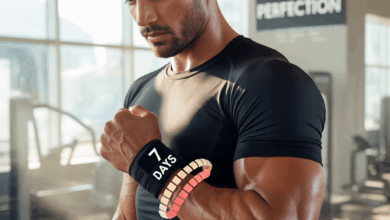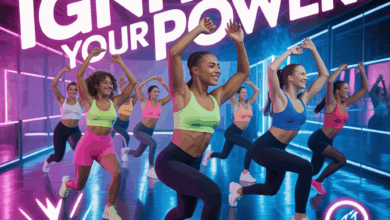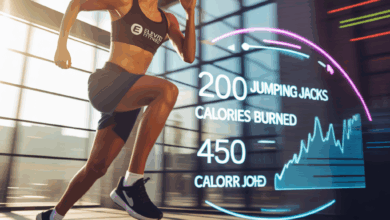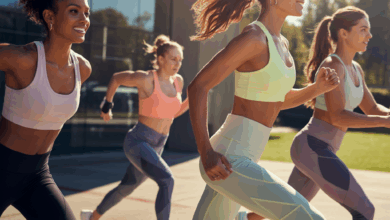How Many Calories Do You Burn Riding Horses
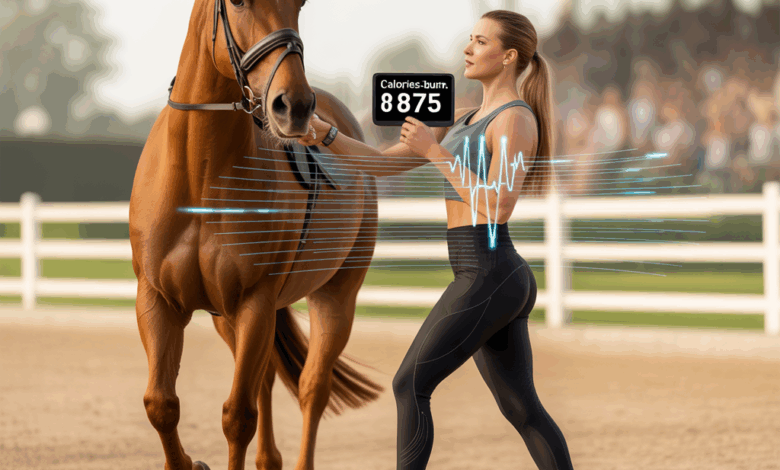
Ever finished a beautiful trail ride and wondered, “Did I just get a workout?” Whether you saddle up for weekend escapes or competitive show days, many riders ask the same question: how many calories do you burn riding horses? In this guide you’ll get clear, realistic estimates, practical tips to boost calorie burn, and simple ways to turn horseback riding into an effective part of your fitness routine.
Why horseback riding counts as exercise
Riding a horse isn’t just sitting — it engages your core, stabilizers, legs, and balance systems. From maintaining posture in the saddle to posting in the trot or absorbing jumps, riding challenges both cardiovascular and muscular systems. That means riding can be a calorie-burning activity and an enjoyable cross-training option for people who prefer outdoor or skill-based exercise.
How many calories do you burn riding horses?
Calorie burn depends on rider weight, riding intensity, duration, terrain, and riding style. A good way to estimate is by using METs (metabolic equivalents). Rough ranges:
- Leisure/flat trail riding (easy walk/trot): ~3–4 METs — roughly 200–350 calories per hour for an average adult.
- Active riding (posting trot, sustained canter): ~5–6 METs — roughly 350–500 calories per hour.
- Vigorous riding (jumping, galloping, cross-country): ~7–9 METs — roughly 500–800+ calories per hour.
Quick calculation tip: calories burned per hour ≈ MET × body weight (kg) × 1.05.
Real-world examples
- A 70 kg (154 lb) rider at ~3.5 METs: ~260 calories/hour.
- The same rider at ~5 METs (active trot/canter): ~370 calories/hour.
- A 90 kg (198 lb) rider jumping at ~8 METs: ~760 calories/hour.
These are estimates — individual results vary. Fitness trackers often undercount skills-based activities, so use these numbers as a guideline rather than a precise measurement.
Factors that affect calorie burn while riding
Not all rides are created equal. Consider these variables:
- Rider weight — heavier riders burn more calories for the same activity because the body works harder to move mass.
- Intensity & gait — walk vs. trot vs. canter vs. gallop have big differences in energy demand.
- Terrain — steep, uneven trails require more active balance and engagement.
- Riding style — dressage and jumping use different muscle patterns and energy than leisurely trail rides.
- Duration & rest — longer rides with sustained movement increase total calories; frequent breaks lower average burn.
How to increase calorie burn while still enjoying your ride
You don’t need to turn every ride into a sprint. Small changes can boost your workout without taking the fun out of it:
- Include intervals: alternate 5–10 minutes of faster canter work with easier walk/trot recovery.
- Practice active seat work: work on two-point position, posting trot, and transitions to engage core and legs.
- Use varied terrain: incorporate hills and varied footing to force more engagement from both you and the horse.
- Try bareback or minimal-saddle sessions (when safe): they demand more balance and core stability.
Cross-training to improve your riding fitness
To maximize calories burned and reduce injury risk, add off-horse exercises that improve strength, balance, and mobility:
- Core workouts (planks, Pallof press, dead bugs) — improve stability in the saddle.
- Lower-body strength (squats, lunges, glute bridges) — enhance stirrup control and position.
- Balance & mobility (single-leg work, yoga) — better posture, fewer compensations while riding.
- Cardio sessions (HIIT, cycling, brisk walking) — increase overall calorie burn and endurance for longer rides.
Explore targeted workout routines to support your riding goals and reduce fatigue on long trail days.
Practical tips for tracking your calories accurately
- Use a heart rate monitor — they give better estimates than step counters for horseback riding.
- Log intensity and duration — note gaits, intervals, and terrain to refine your personal estimates.
- Compare with perceived exertion — if a ride feels “moderate” vs. “vigorous,” adjust calorie estimates accordingly.
- Pair tracking with nutrition awareness — consider fuel needs before longer or intense rides.
Nutrition & recovery for riders
Burning calories on the trail is only one part of fitness. Proper fueling and recovery are essential:
- Pre-ride: a small snack with carbs and protein (e.g., yogurt and fruit) if ride exceeds 45 minutes.
- During long rides: carry water and quick carbs (bars, dried fruit) to maintain energy.
- Post-ride: recovery meal with protein and carbs within 1–2 hours to support muscle repair.
For personalized meal ideas and calorie-focused nutrition, check our nutrition guides.
Is horseback riding enough to lose weight?
Riding can contribute to a calorie deficit when combined with sensible nutrition and off-horse exercise. Regular moderate-to-vigorous rides, enhanced by strength training and healthy eating, can support fat loss and improve body composition. However, total weekly energy balance (calories in vs. calories out) remains the primary driver of weight change.
Frequently Asked Questions
Yes. Horseback riding works the core, legs, and stabilizers, and depending on intensity it can provide cardiovascular benefits. It’s especially good for balance, coordination, and functional strength.
Use interval work, incorporate varied terrain, and focus on active rider engagement (transitions, two-point, posting). These strategies increase your effort without overworking the horse. Always prioritize your horse’s fitness and recovery — consult your trainer for safe progression.
Many basic trackers underestimate skill-based activities because they rely on step counts. Heart rate monitors and devices that use heart rate plus MET models are more reliable. Use tracker data alongside perceived exertion and MET-based estimates for a fuller picture.
Conclusion — saddle up smarter
So, how many calories do you burn riding horses? It varies — roughly 200–800+ calories per hour depending on intensity, rider weight, and style. Use the MET-based examples above to estimate your burn, add supportive off-horse workouts, and track progress with a heart rate monitor. If you love riding, make it a consistent part of your fitness plan and pair it with smart nutrition and recovery habits to see results.
Ready to optimize your rides? Check out our workout routines for riders, explore nutrition guides, and browse wellness tips to build a balanced equestrian fitness plan. Share your favorite ride below or try tracking your next hour in the saddle — you might be burning more than you think!


